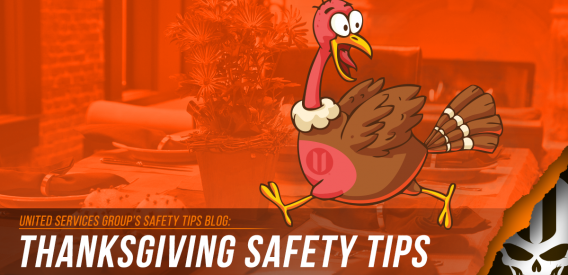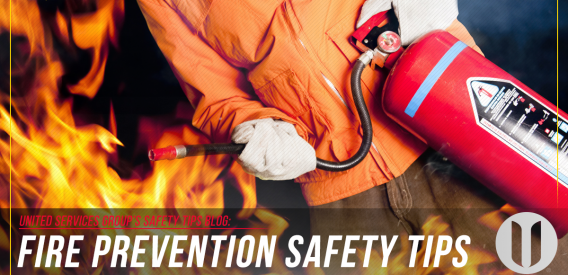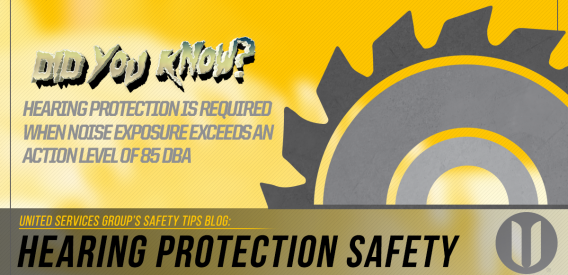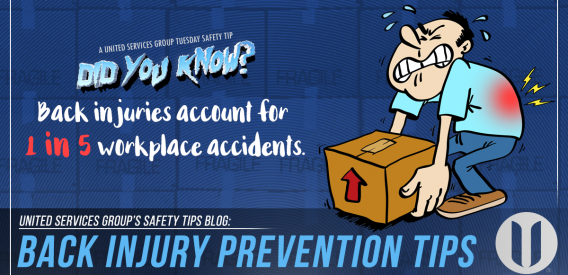- United Staff
- Dec 19, 2017
Safety Tips Blog: Holiday Travel

Safety Tips: Holiday Travel
Did You Know? More than 63.9 million Americans will travel during the holidays. 82% of those travelers (roughly 82%) will travel by automobile.
The best part of the holidays is spending extended time with your friends and family, but this always means having to travel to see them. We want to help make your drive as smooth as possible so you can arrive at your holiday travel destination without any accidents.
Follow these important travel tips to ensure your family is safe this holiday season!
Happy Holidays from United Services Group to all our co-workers, friends, family, and customers! We hope you all have a safe and enjoyable holiday.
Holiday Travel Safety Practices and Tips:
- Make sure that your car is equipped for travel. Check your tire tread, tire pressure, battery, antifreeze, windows, and brakes.
- Ensure you have your spare tire properly inflated, you have a jack, lug wrench, and jumper cables.
- Allow extra time in your travel schedule. The holidays is one of the busiest times to travel and patience and flexibility are needed.
- Keep a safety kit in your vehicle. The kit should include items you might need in case of an emergency: flashlight, first aid kit, water, non-perishable food items, matches, blankets, flares (or other warning devices).
- Driving while drowsy can be as dangerous as driving after drinking alcohol. Schedule your trip to avoid driving during normal sleep hours. Plan for at least a 15-minute rest stop every two hours. Limit driving to 350 miles per day or no more than eight hours on the road to avoid drowsy driving.
- Even if the weather and roads look okay in your area of the country, that may not be the case where you are traveling. You should check weather conditions of the interstates and roads you will be traveling on.
- Map your route in advance and be prepared for busy roads. If possible, consider leaving earlier or later to avoid the heavy traffic periods.
- If you are traveling with children, remind them to not talk to strangers. Accompany them on bathroom breaks so your family doesn’t get separated.
- Have roadside assistance contact information on hand in case an incident occurs on the road.
- Avoid distractions on the road, don’t text and drive.
- Most importantly, make sure everyone in the vehicle is wearing their seat belts properly.
Sources of Tips and Information in this Post:
Safety Toolbox Topics: Christmas Travel Safety








